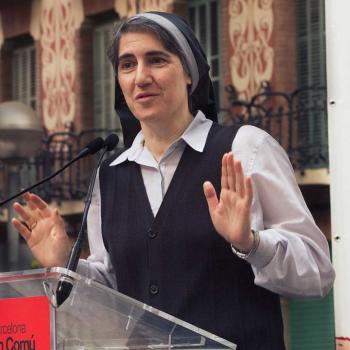
In the Roman Catholic tradition, saints are those, known and unknown, who now dwell in heaven. Sainthood is also the destiny of all the faithful. The Church, however, publicly honors certain renowned models of holiness who have passed into heaven, and the process of canonization is the verification of that status. The Church teaches that most of the faithful who die will need a further process of purification, and purgatory is the time and place of this cleansing. Saints are those who have either completed this process or were fully virtuous prior to death and went straight to heaven.
The Catholic Church commends certain saints for special honor and as models of virtue. These are the human heroes of the Church. They were ordinary people who sinned just like everyone else but grew to live lives of “heroic virtue” and displayed the four cardinal virtues of prudence, temperance, fortitude, and justice as well as the theological virtues of faith, hope, and charity. That does not mean that saints were always good Christians or even good people. A number of the most beloved saints, including St. Augustine, began life as non-Christians or were horrible sinners but turned their lives around and came to live a holy life.
To be recognized by the Roman Catholic Church as a saint, a person must be canonized after death. In early Christianity, canonization was done largely by public acclaim. The Christians that everyone knew and revered, usually martyrs, became saints. An official process for canonization was developed and implemented around A.D. 1000, amended in the 16th century, and then again in the 20th century.
Today, canonization processes may begin after a potential saint has died. This usually takes place years after death in order to help give the proceedings a sense of objectivity. If that person is still believed to be a potential saint, the local bishop will investigate to determine whether the person lived a life of notable holiness. If the candidate was martyred, the bishop would investigate the circumstances around the martyrdom. Once this investigation is complete, the information is sent to the Vatican’s Congregation for the Causes of Saints. The bishop’s findings are reviewed, and if they are convincing, they are forwarded to the pope for approval. Those who successfully go through this process are either called “Venerable” (for exemplary lives) or “Blessed” (for martyrs).
At this point, the Church watches for evidence that a miracle can be attributed to the person under consideration. Miracles are signs of holiness, of proximity to God in heaven and the work of intercession. The miracle (usually healing) must be complete, instantaneous, and inexplicable by any scientific or medical knowledge. Given the specificity of the requirements, any potential miracle is verified by both medical professionals and theologians.
Once the miracle has been verified, the Venerable person is now considered “Blessed.” The process then continues; final canonization requires a second miracle that holds up under the same rigorous investigation as the first. (The Blessed martyr needs no first miracle as evidence.) Following the confirmation of the second miracle, the person is finally canonized and declared a saint worthy of the Church’s veneration.
Read more about the Roman Catholic concept of the afterlife here.
3/23/2021 6:32:39 PM








